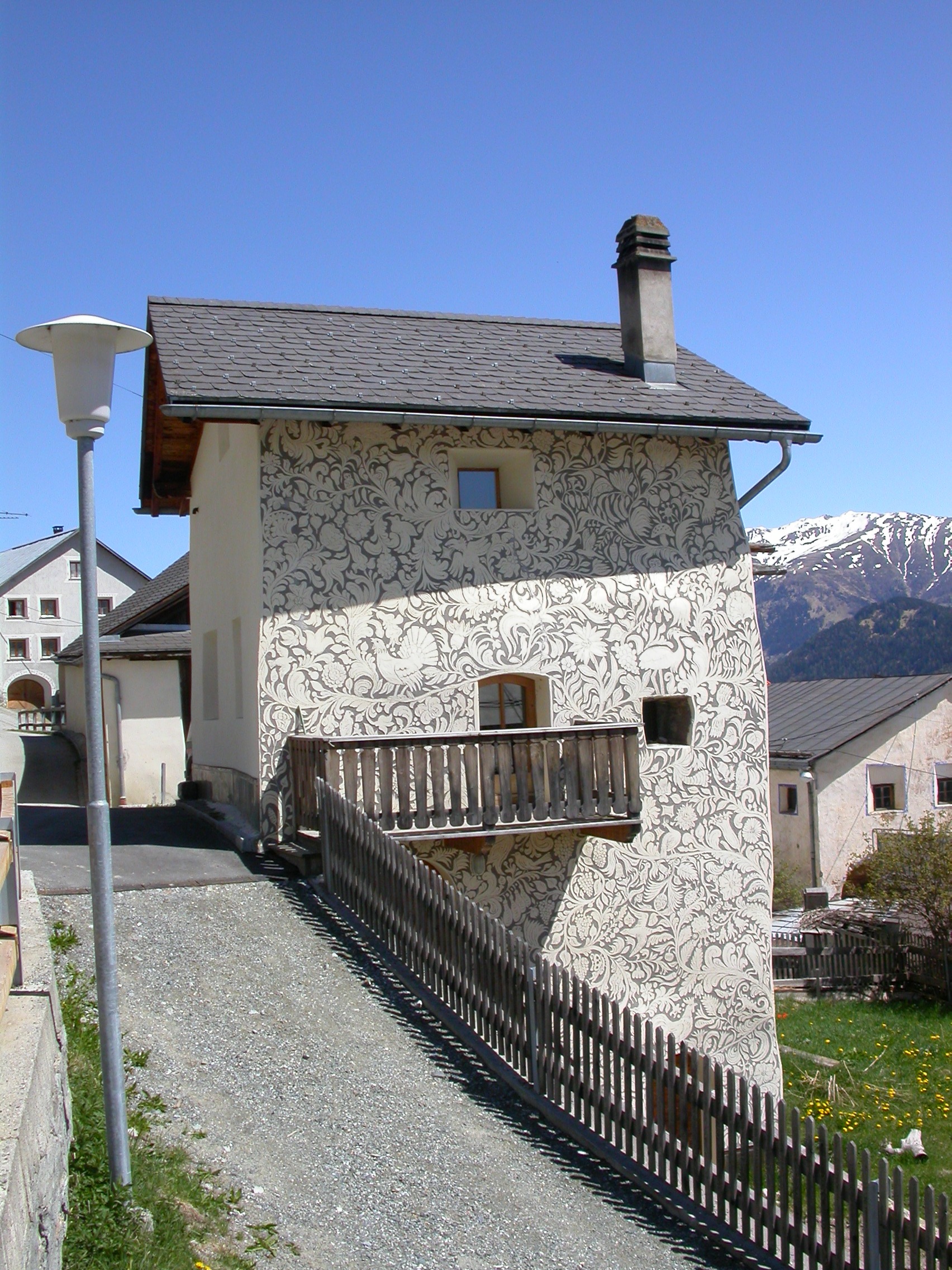10 Minute Reynolds Reveal Interview with Dr. Judy Wood
페이지 정보
작성자 Keira 댓글 0건 조회 3회 작성일 24-11-08 12:51본문
Well, from the perspective of everyday life-way, way, way above the quantum level and a lot more complicated-the magical measuring tool is that we send some photons toward the half-silvered mirror, one at a time, and count up how many photons arrive at Detector 1 versus Detector 2 over a few thousand trials. But the upshot, from that super-high-level "experimental" perspective that we think of as normal life, is that we see no photons detected at E. Every photon seems to end up at F. The ratio of squared moduli between "D to E" and "D to F" is 0 to 4. That’s why the line from D to E is dashed, in this figure. You can see why I’m saving the notion of experimental results for later essays. Well, you’ll be getting a clearer idea of that in later essays. It will be cleared up in later essays. The next essay will deal with the case of more than one particle, and that should give you a much clearer idea of what a configuration is. Our experimental setup only dealt with one moving particle, a single photon.

If we demand locality in this sense, then this puts into sharper focus one of the horns of the trilemma posed by the dominant cause: we cannot identify the state on an entire time-slice S as the cause of an event in the future of S on pains of violating the locality constraint that causes be spatio-temporally localized. The determinism challenge can be raised as part of each of the three philosophical projects we distinguished: one might argue that our intuitive concept of cause is deterministic or that only a deterministic concept of cause could serve fulfil certain useful cognitive functions. From these premises the argument concludes that cause-effect relations cannot be part of our mature theories of physics. Here the challenge may be part of more general empiricist scruples about rich causal notions of production or "bringing about" along the lines of what has traditionally been taken to be Hume’s criticism of causation. Here we aim to set forth some first principles regarding energy, and to introduce some of the forms that energy takes that are of particular importance to chemistry.
It was definitely the book in the production and get-up of which he invested the maximum amount of personal energy. ’s this paradox of: you have resistance of something splattin’ into something else, but then it doesn’t have enough energy to trigger the next floor. This is a necessary prelude to the quantification of the energy corresponding to heat, and thence to measurements to verify the law of conservation of energy. By deriving its inspiration from physics, where conservation laws play a central role, conserved quantity accounts promise to be able to meet the neo-Machian and neo-Russellian challenges. Indeed, that causes determine their effects is built into many philosophical accounts of causation, such as Hume’s regularity account. The fact that a small set of particularly salient or explanatorily relevant causal factors, in a given context, are often singled out as the causes of an event points to a pragmatic dimension of causal talk. If somebody, you know, a suicide bomber wanted to take out a bunch of people, he just stands in line, pulls, makes his bomb go off. " and then you go off on the hunt and so that’s a bunch of facts, too, correct? " Well, if all the data is consistent with all of the images and the images are from a variety of different sources.
1. Causal relations are temporally asymmetric. Configurations and amplitude flows are causes, and they have visible effects; they are real. To think that the actual event of a car hitting you-this event which could have happened to you, but in fact didn’t-is directly exerting a causal effect on your behavior, is mixing up the map with the territory. It makes no sense to think of something that "could have happened but didn’t" exerting an effect on the world. By the same token, configurations are not propositions, not statements, not ways the world could conceivably be. The posts are set at an angle of 85% towards each other, so that the balls don’t jump when they hit the posts. This is not something it is possible to explain by thinking of half-silvered mirrors deflecting little incoming billiard balls half the time. Each configuration we talked about should have described a joint position of all the particles in the mirrors and detectors, not just the position of one photon bopping around. Unlike many other professional philosophers who thought that RCG’s three earlier books - on Whitehead (IIAS 1973), on Presuppositions of Human Communication (Oxford1974), and The Availability of Religious Ideas (McMillan1976), were his best philosophy work, and that this one was the beginning of the end of his rigorous philosophy, I have always believed that this is his most carefully argued, most authentic, substantial, densely sustained and by far the most staggeringly original work.
If you liked this write-up and you would certainly such as to obtain even more facts regarding What are billiard balls made of kindly see the internet site.
댓글목록
등록된 댓글이 없습니다.